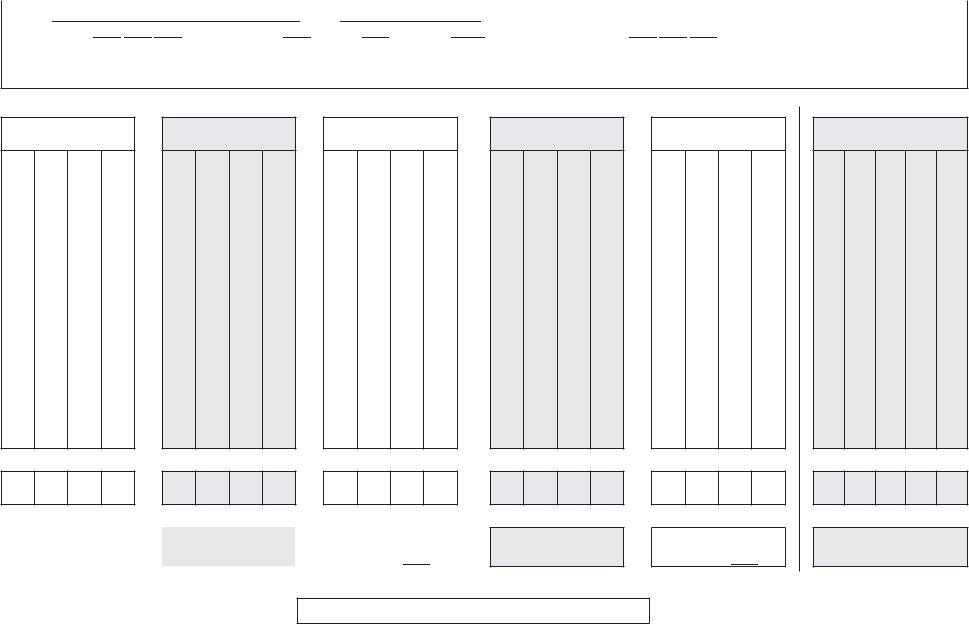The Child Occupational Self Assessment (COSA) form is a crucial tool designed to capture a child's own perspective on their occupational performance, which includes their ability to participate in daily activities and their environment. This comprehensive form allows children to reflect and provide input on various categories such as Volition, dealing with their motivation towards activities; Habituation, regarding their routines and roles; Communication and Social Skills, focusing on how they interact with others; and Process and Motor Skills, which assess their physical capability and cognitive functions during tasks. Additionally, the form assesses the child's environment by considering physical space, resources, social groups, occupational demands, and family routines, offering a holistic view of the child's occupational competence and areas for growth. This detailed self-assessment is structured to facilitate both initial evaluations and re-evaluations, enabling tracking of progress over time. The unique feature of the COSA is its non-standardized rating totals, which serve not as concrete measures but as a means to identify where changes are occurring, thereby guiding further interventions and support tailored to the child's needs.
| Question | Answer |
|---|---|
| Form Name | Child Occupational Self Assessment Form |
| Form Length | 1 pages |
| Fillable? | No |
| Fillable fields | 0 |
| Avg. time to fill out | 15 sec |
| Other names | occupational self assessment, the short child occupational profile, occupational self assessment short form, scope assessment |

:OVY[*OPSK6JJ\WH[PVUHS7YVÄSL:*67,
Rating Totals Form*
*SPLU[! |
|
|
|
ID: |
|
(ZZLZZVY!_________________________________________________________ |
|||
+H[LVM)PY[O! |
/ |
/ |
.LUKLY! Male |
Female |
.YHKL! |
+H[LVM,]HS\H[PVU! |
/ |
/ |
;`WL! Initial ____ |
(KKP[PVUHS*VTTLU[Z!
:[LW6UL!9LJVYKHUKVY[YHUZMLY`V\Y:*67,YH[PUNZ
VOLITION
Exploration |
Expression of Enjoyment |
Preferences & Choices |
Response to Challenge |
|
|
|
|
F |
F |
F |
F |
HABITUATION
Daily Activities |
Response to Transitions |
Routine |
Roles |
|
|
|
|
F |
F |
F |
F |
COMMUNICATION &
0U[LYHJ[PVU:RPSSZ
Verbal/Vocal Expression |
Conversation |
Relationships |
|
|
|
|
|
F |
F |
F |
F |
7YVJLZZ:RPSSZ
Understands & Uses Objects |
Orientation to Environment |
Plan & Make Decisions |
Problem Solving |
|
|
|
|
F |
F |
F |
F |
4V[VY:RPSSZ
Posture & Mobility |
Coordination |
Strength |
Energy/Endurance |
|
|
|
|
F |
F |
F |
F |
,U]PYVUTLU[!
__________________
Physical Space |
Physical Resources |
Social Groups |
Occupational Demands |
Family Routine |
|
|
|
|
|
F |
F |
F |
F |
F |
A |
A |
A |
A |
A |
A |
A |
A |
I |
I |
I |
I |
I |
I |
I |
I |
R |
R |
R |
R |
R |
R |
R |
R |
A |
A |
A |
A |
I |
I |
I |
I |
R |
R |
R |
R |
A |
A |
A |
A |
I |
I |
I |
I |
R |
R |
R |
R |
A |
A |
A |
A |
I |
I |
I |
I |
R |
R |
R |
R |
A |
A |
A |
A |
A |
I |
I |
I |
I |
I |
R |
R |
R |
R |
R |
:[LW;OYLL!:\T[OLU\TILYZMVYLHJOZLJ[PVU[VVI[HPU:LJ[PVU9H[PUN;V[HSZ
Volition |
|
Habituation |
|
C/I Skills |
Rating Total: ____ |
|
Rating Total: |
|
Rating Total: |
Process Skills Rating Total:
Motor Skills Rating Total:
Environment Rating Total**: ____
:*67,6]LYHSS9H[PUN;V[HS! _____
*These sum ratings are not measures or standardized scores but allow one to compare sections and describe the direction of change during